Example: Sweeps
Solid Sweep with Closed Trajectory
Closed trajectory. The section must be closed.
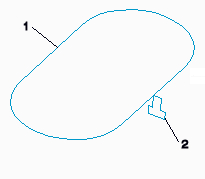 |
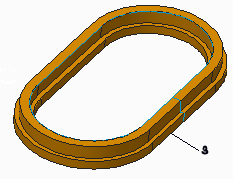 |
|
1. Trajectory
2. Section
3. Sweep
|
|
Constant Section Sweep
A constant section sweep can use either a trajectory sketched at the time of feature creation or a trajectory made up of selected datum curves or edges. As a general rule, the trajectory must have adjacent reference surfaces, or be planar.
The following figure illustrates a constant section sweep.
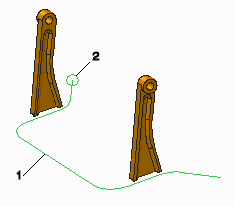 |
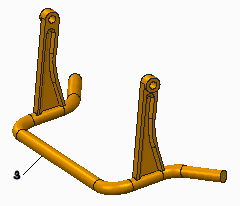 |
|
1. Trajectory
2. Section
3. Sweep
|
|
Sweep Failure
A sweep might fail if:
• A trajectory crosses itself.
• You align or dimension a section to fixed entities, but the orientation of the section changes when it is swept along the three-dimensional trajectory.
• An arc or a spline radius is too small relative to the section, and the feature intersects itself traversing around the arc (see the following illustration).
Self-Intersecting Feature
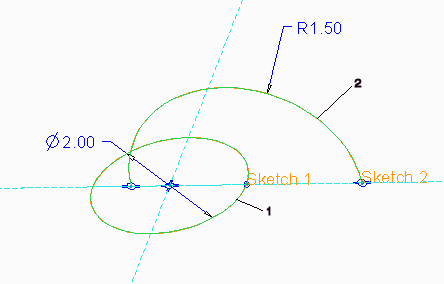
1. Section (radius 1.0)
2. Trajectory (radius 1.5)
Free and Merged Ends
Free Ends | Merged Ends |
|---|---|
 1. Trajectory 2. Solid 3. Gap The trajectory of the sweep ends at the intersection with the solid geometry, but the end of the sweep geometry is not attached to the solid geometry. | 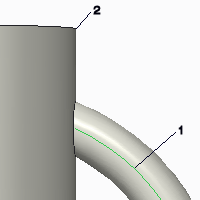 1. Trajectory 2. Solid The end of the sweep geometry merges with the solid geometry. |